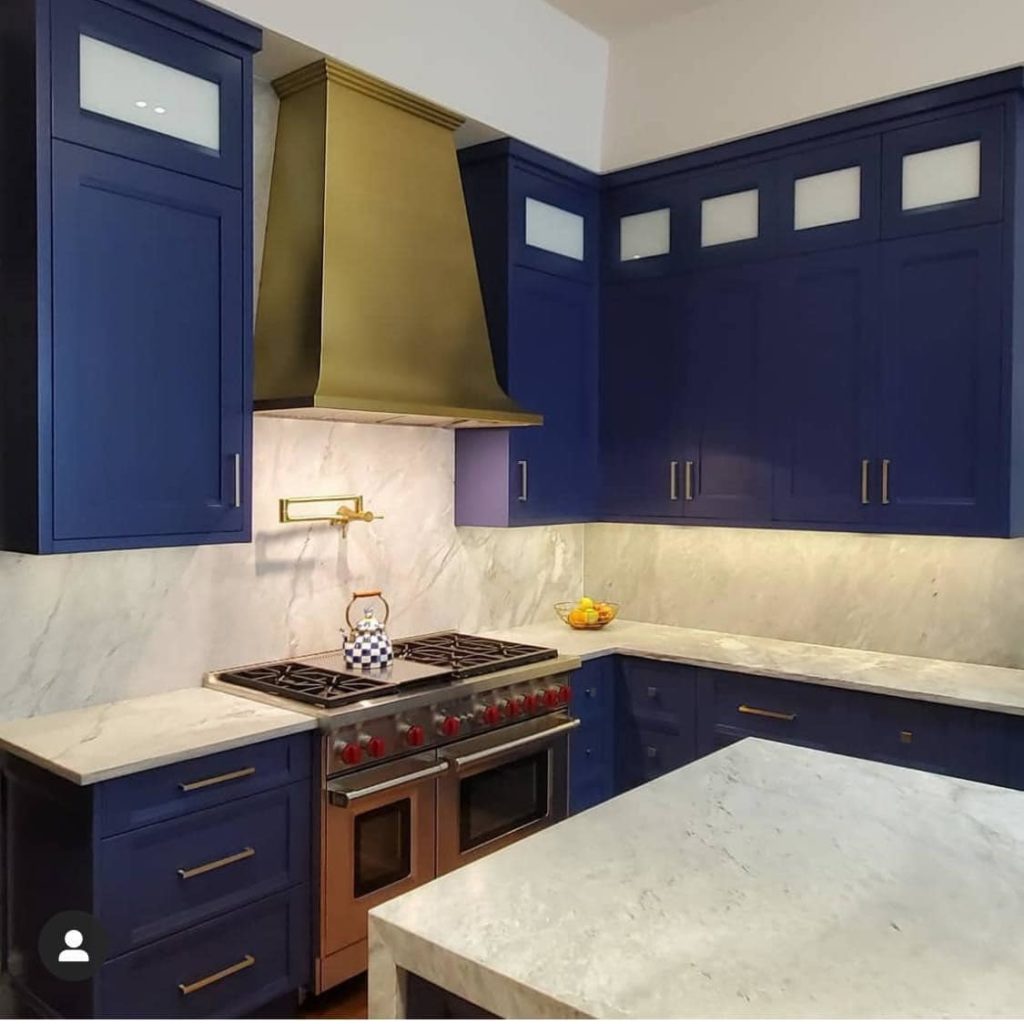Depending on the range hood’s type, there will be a mechanical fan that you can switch on or off to pull in the airborne items and push them out. This helps for keeping these particles from collecting on the walls, ceilings, and other surfaces. This may cut down on the grimy buildup that can accumulate in your kitchen over time. In this way, range hoods make for a clean kitchen that includes scrub-downs. A range hood can decrease cooking dirt and odors from dispersing to the rest of your house. A typical hood looks like most type of canopy that hangs over your cooktop.
What’s a recirculation range hood?
When we talk about categorizing a recirculating range hood, it is very important to know the different types of range hoods to start. Range hoods are of two types: ducted and ductless systems. A ducted range hood is a system that moves air as well as unwanted particles, such as airborne grease, out of the kitchen completely.

The other is a ductless range hood, otherwise called a recirculating range hood. In this sort, the system takes out unwanted fumes and odors while simultaneously bringing the heat as well as moisture back into the kitchen. Both systems have advantages and disadvantages to them, and it’s important to know the differences before purchasing one. A recirculation range hood filters the air in your kitchen as well as blows it back into the room. Handy when you do not have exhaust air outside. Keep in mind that a recirculation range hood is less powerful than a ventilation system range hood.
How does a recirculation range hood work?
A recirculation range hood sucks up the air, filters it, as well as blows it back into the kitchen. This makes the air circulating. Hence the name ‘recirculation range hood’. The hood has carbon filters in it. Carbon can absorb dirt. When the cooker range hood will suck up the air, the carbon filter absorbs odors and dirt from the air. This cleans the air, as well as the range hood blows it back into the room.
Benefits of recirculation range hood
Efficiency
The 1st pro of ducted range hoods is its efficiency. Commercial kitchens use this system because it doesn’t recirculate anything back into the kitchen. Considering that commercial kitchens utilize the space to make food for more extended periods, it makes sense that a ductless system will cause the kitchen to overheat rather rapidly. Though debated among users, another pro of a ducted system is that it produces less noise than a ducted system. This can be influenced by the size and model of the range hood and how well it’s maintained.
It is best suited to remodel
Wherein there are no ducts installed in the room and building. This’s particularly true if you’re moving into a home wherein making ducts is hard or impossible to do. It doesn’t take too much space.
It is environment-friendly
The fact that heated and conditioned air isn’t released into the atmosphere. The steam, heat, as well as smoke that are produced in your kitchen, will not be released outside of your kitchen. It sucks up some of these particles and filters them. In essence, it is a form of air recycling.
Aesthetic design
It may be used to add the most vibrancy to the room. Range hoods do not take up much space particularly the ones that may be installed overhead above the range. They have this modernistic look that you can utilize for decorative purposes.
Mobility
Though the external nature of a ducted range hood limits the places it may go, the opposite is true for ductless range hoods. The system’s mobility lets for installation to happen absolutely anywhere. Many ductless range hoods may shut off automatically when finished using it. This convenience saves time and decreases the worry of wasting energy.
Versatility
Ductless hoods are made for being versatile. They may be installed anywhere you need the air to be purified, and it will do its work without you having to think of the stress of installing a duct manually and using professional hands. All you require are filters that may be simply changed, making sure that the air coming back into your house is purified.
Cons of recirculation range hood
Recirculation design
Ductless range hoods come with their own disadvantages. One disadvantage is its recirculating design. Because this system sends heat as well as moisture back into the kitchen, this can lead to increased humidity. Additionally, they can be slightly louder than a ducted system. The fan needs more power, which can increase the average number of decibels, but again, this can have more to do with other factors. Regular cleanings for ductless hood ranges are important. This means that maintenance can, obviously, become costly.
Installation
Another disadvantage of having a recirculation range hood is its installation. This system needs a set up that goes from the inside of the kitchen to the exterior of the house and building. This decreases many locations it can be placed, thereby making installation more specific and costly.
Should you install a recirculating range hood?
Yes, absolutely. The advantages discussed above show precisely what makes them a great choice for your kitchen. It is a better option particularly if you are working on a tight budget. They’re affordable, as well as they can be installed within a day. And if you’re somebody who cares about the health of the environment, you’re assured of the fact that you will not be releasing polluted particles into the atmosphere.
